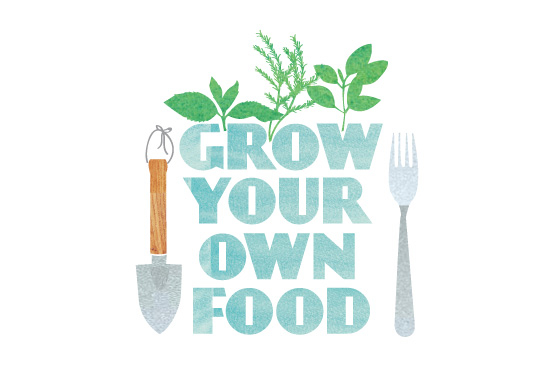A big part of the food that we eat every day has travelled hundreds or thousands of kilometers, before getting in the supermarket from which we bought it. This can be defined quite unsustainable, if we consider the possibilities of growing food locally.
For example, the transport of food in U.S. accounts for 25% of the total energy use related to the food industry.[1]
Even though transport has an important impact on the total energy used, the whole supply chain has to be considered. It consists of a flow starting from the suppliers, shipped to the manufacturers and afterwards to the distributors, passing through the retailers and in the end arriving at the consumers. Energy for the production, the transport, refrigeration, manufacturing, packaging account for 25-30% of the whole greenhouse gases emissions every year.[2] If we consider also the fuel consumption of the people moving by car for the private food transport, the numbers are even worse. [3]
All this underlines that a more sustainable way of producing and supplying food should be found. Even for a small island like Texel, the supply chain can account for a big amount of energy consumption and co2 emissions.
A solution for the Texelaars and for anybody would be growing our own food. By creating a food garden at your backyard or on your balcony, or creating a local community food production would be a great reduction of the impact on the environment. You, as a consumer, have the opportunity of being of less impact on the environment.
Apart from the energy consumption and co2 emissions, this action has more sustainability-driven reasons to be applied: By planting your own garden, especially an organic one, you would help reducing the demands put on the lands by the commercial agricultural systems. It would reduce the amount of water used for plant irrigation. It would decrease the air and water pollution created by pesticides and fertilizers extensively used by the food suppliers.
Of course, the home-grown food would also have of other good points, such as:
- Improving the family’s health: eating more fresh vegetables and fruits is one of the main points of a healthy diet.
- Saving money: If we consider the costs for growing food at home, compared to the cost of everyday grocery, a big potential for energy saving can be found.
- It is a healthy practice that eventually could become a hobby.
- It would result in a better-tasting and safe food, because the vegetables will be always fresh, pesticide-free and without the risks of contaminations.
- Reducing food waste: It is estimated that in The Netherlands we waste one third of good food. It is mostly due to aesthetic quality, strict expiring dates and over-sized grocery.[4] By growing your own food, we would be more careful of our food, and we would not waste it.
Small initial efforts are required to get the knowledge and the experience of how to grow a food garden, but eventually it would only require 1 hour per day and become a nice and sustainable hobby.
Bibliography
1. Wayne Wakeland , Susan Cholette , and Kumar Venkat, Food transportation issues and reducing carbon footprint, Chapter 9
2. Grow your own food, http://onkaparingacity.com/onka/living_here/our_environment/sustainable_onkaparinga/garden/grow_your_own_food.jsp
3. André Viljoen, Johannes S. C. Wiskerke, Sustainable Food Planning: Evolving Theory and Practice, Wageningen Academic Pub, 2012
4. Food waste?, from http://damnfoodwaste
